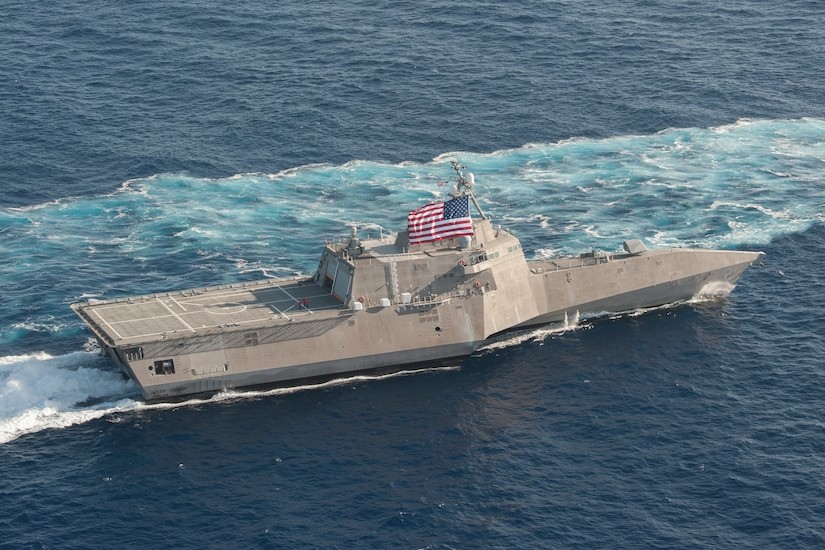Putin’s invasion of Ukraine has exposed a crucial weakness in the defense posture of the United States and its allies: the inability to produce the weapons and ammunition required to successfully prosecute a war.
The U.S. Naval Institute has found that “United States no longer has the capacity to quickly produce needed wartime assets, like 155 mm artillery shells, or to repair vital sophisticated systems, like radar, rapidly in theater…“If you want to lose a war, ignore the calculus of contested logistics,” said Harold Valentine, deputy director for plans and operations in Naval Supply Systems Command.
A Heritage Foundation review notes that “In providing vital military aid to Ukraine, the U.S. has depleted some of its own stockpiles of munitions and must act, both to replenish them, and put in place a system to reduce future risk. Manufacturing replacements for these munitions will take years: production capacity for key munitions is limited…”
From ships to artillery shells, the once-mighty defense industrial base, what was once called the “Arsenal of Democracy,” no longer has the capability to respond to urgent needs. The “defense industrial base” refers to the collection of businesses, large and small, that the U.S. military relies upon to provide the materials, equipment and weapons systems needed to defend the nation.
Some elected officials have attempted to make the dilemma even worse. During the Obama Administration, the then-president sought to close down the one and only plant capable of building tanks. Fortunately, he did not succeed.
A report recently released by the Pentagon notes that In recent years, the number of companies within the defense industrial base has shrunk dramatically. The decrease in participation decreases the diversity of suppliers and at the same time decreases the kind of competition that spurs innovation and lowers prices paid for defense materials by the taxpayer, the report says. “Since the 1990s, the defense sector has consolidated substantially, transitioning from 51 to 5 aerospace and defense prime contractors,” the report states. “As a result, DOD is increasingly reliant on a small number of contractors for critical defense capabilities.”
Over the last 30 years, the report continues, the number of suppliers for things such as tactical missiles, fixed-wing aircraft, and satellites have all declined dramatically. For instance, 90% of missiles now come from just three sources, the report says.
According to a NY Times study, “From Rockets to Ball Bearings, Pentagon Struggles to Feed War Machine. The flow of arms to Ukraine has exposed a worrisome lack of production capacity in the United States that has its roots in the end of the Cold War… Industry consolidation, depleted manufacturing lines and supply chain issues have combined to constrain the production of basic ammunition like artillery shells while also prompting concern about building adequate reserves of more sophisticated weapons including missiles, air defense systems and counter-artillery radar… If a large-scale war broke out with China, within about one week the United States would run out of so-called long-range anti-ship missiles, a vital weapon in any engagement with China, according to a series of war-game exercises conducted by the Center for Strategic and International Studies, a Washington-based think tank.”
The Navy has been particularly hard-hit. American Military News reports that “U.S. shipyards cannot build destroyers fast enough to meet Congress’ push for three Arleigh Burke-class Flight III warships each year, according to a top Pentagon official. Defense Department comptroller Mike McCord told United States Naval Institute News that shipyards can’t even produce two warships a year, making Congress’ request for three unrealistic.
Increased use of small businesses may produce more flexibility One way to do that is through the use of acquisition authorities such as “other transaction authority,” as well as commercial solutions openings that will allow the department more flexibility to better operate in the commercial space and make it easier for contractors who haven’t worked with DOD to become involved, and to increase supply chain resiliency in areas designated as priorities. These areas include casting and forgings, missiles and munitions, energy storage and batteries, strategic and critical materials, and microelectronics.
Photo: U.S. Department of Defense
